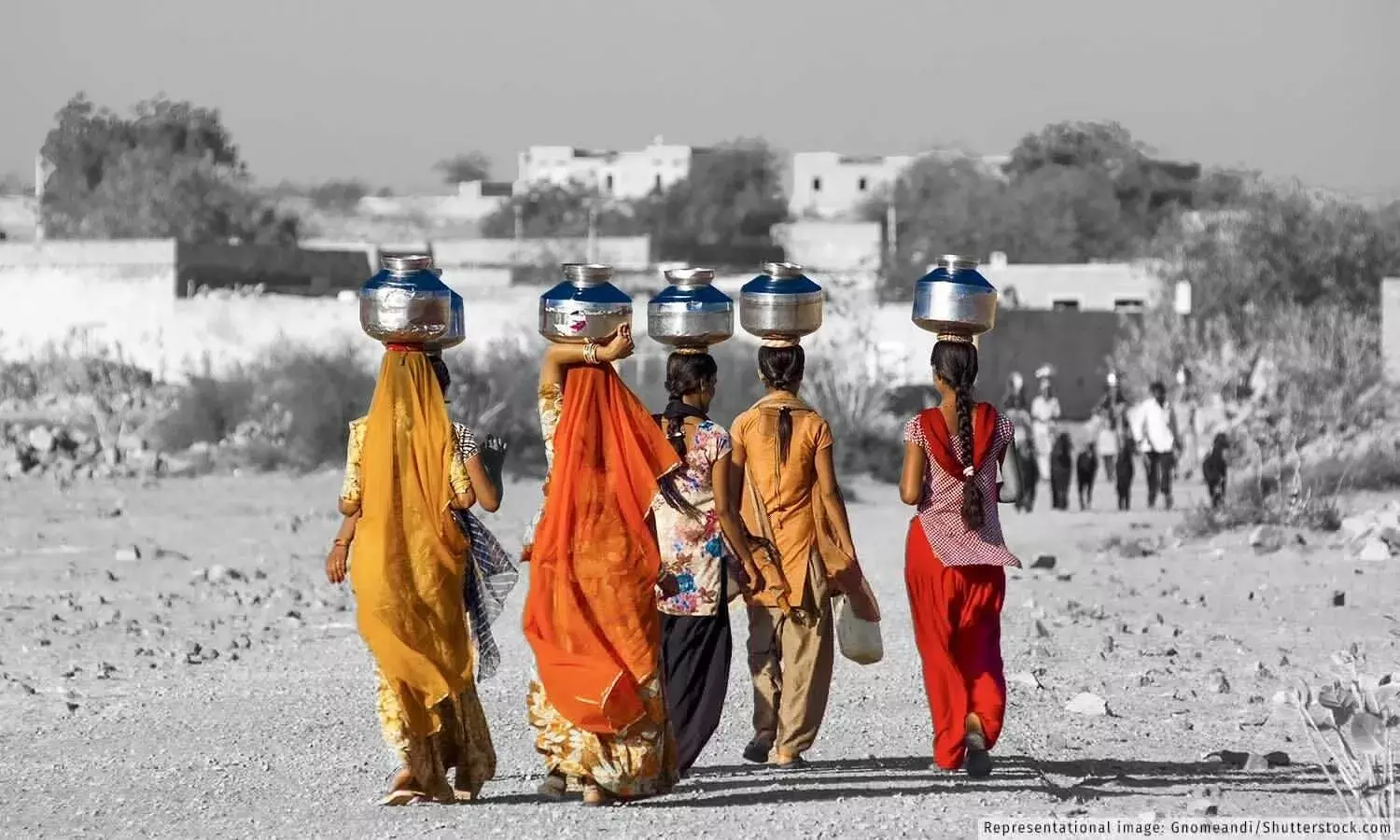#Dataviz: Heat-Related Excess Mortality Among Women Could Increase By Over 2.5 Times By 2050
A recent report shows how heat-related excess mortality is projected to more than double in India by 2050 and women will lose more paid working hours
Mumbai: Extreme heat could claim the lives of 204,000 women annually across India, Nigeria and the United States in hot years by 2050, a recent report by the Adrienne Arsht-Rockefeller Foundation shows. In India, based on currently available data, the number of women who die each year on average due to heat-related excess mortality is projected to more than double to 73,500 by 2050 under current climate conditions.
February 2023 was the hottest February in India since 1901. July 2023 was the earth’s hottest July on record as it was 0.33°C warmer than the previous warmest month, July 2019.
Extreme heat is a global public health risk and women are particularly vulnerable to it due to factors including their physiological differences, particularly during pregnancy, lower access to healthcare services, and greater vulnerability to gender-based violence.
It is estimated that 27,000 women die each year in India on average due to heat-related excess mortality. Even by conservative estimates, in India, this is projected to more than 2.5 times to 73,500 by 2050. Furthermore, in an extremely hot year, it could rise even further to 131,000 deaths in extremely hot years which have a probability of 1-in-40. This will account for approximately 1.1% of total deaths, surpassing deaths caused by cervical cancer (1.03% of female deaths), the report says.
Heat also impacts labour, livelihood and productivity
India lost around 259 billion hours of labour annually between 2001 and 2020 due to the impacts of humid heat, according to a study from researchers at Duke University, we had reported in 2022. The loss of these productive hours cost India $624 billion (Rs 46 lakh crore)–equivalent to almost 7% of its 2017 gross domestic product (GDP). The authors had used the term 'humid heat' to refer to conditions that are either hot and dry or hot and humid enough to cause decreases in labour productivity.
The Adrienne Arsht- Rockefeller Foundation report shows that when extreme heat strikes, women need to work significantly longer to perform the same volume of paid and unpaid work: from an additional working day per month in the United States to 90 more minutes per day in India and 150 additional minutes per day in Nigeria.
Currently, women lose 19% of their paid working hours to heat, costing the Indian economy 0.8% of its GDP or roughly $67 billion annually (Rs 5.5 lakh crore), the report estimates. By 2050, women are expected to lose 22% of their paid working hours, which would cost 1% of India’s GDP or $250 billion (Rs 20.7 lakh crore) each year.
“To effectively address climate-driven extreme heat, we must understand the extent of its economic and financial impacts while investing in solutions that confront the urgency of this crisis, and protect people from its scorching effects,” the report said. “When we understand the impacts and invest in gender-informed solutions, we can build toward a cooler, more equitable future—especially for women and girls.”
We welcome feedback. Please write to respond@indiaspend.org. We reserve the right to edit responses for language and grammar.




